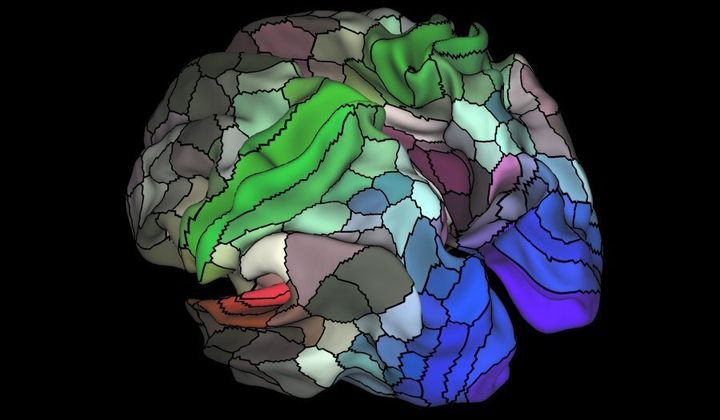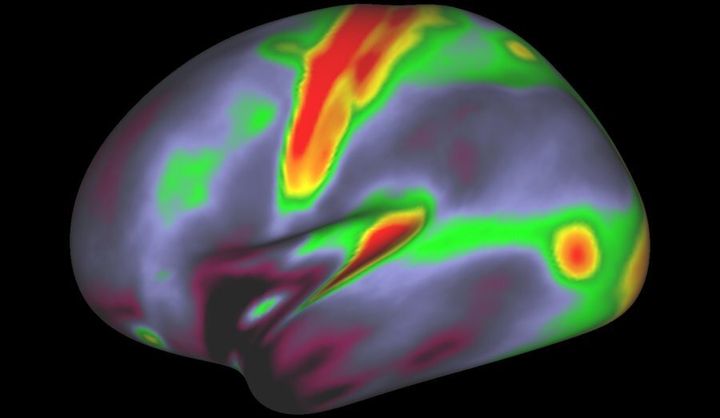We've mapped the world at greater detail than we've mapped our own brains so it's little wonder a new study has identified not one but 97 new brain areas.
That's like discovering an unknown island chain somewhere in the Pacific Ocean.
The new research has been described as a "reference atlas" for the cerebral cortex, and boy is it pretty.

Previously, brain surgeons and researchers mostly used a brain map created in 1909 in Germany based on cadavers.
Study co-author Matthew Glasser said it left a lot to guesswork.
"My early work on language connectivity involved taking that 100-year-old map and trying to guess where these areas were in relation to the pathways underneath them," Glasser told Washington University School of Medicine in St Louis.
"It quickly became obvious to me that we needed a better way to map the areas in the living brains that we were studying."

This new atlas was created by combining 210 brain scans collected by the Human Connectome Project, which is an open-source pool of data with input from 16 research institutions.
Researchers then cross referenced three different indicators to mark specific regions -- and some regions only do one thing like 'listening to a story' or 'mapping your field of vision'.

Co author David Van Essen told The Scientist the resulting atlas gave an unprecedented amount of information.
"You can look at a map of Earth and see mountains, valleys, and undulations -- which are analogous to the folds of the cerebral cortex -- but that doesn't tell us directly about brain function," Van Essen told The Scientist. "We want to look at the political subdivisions."